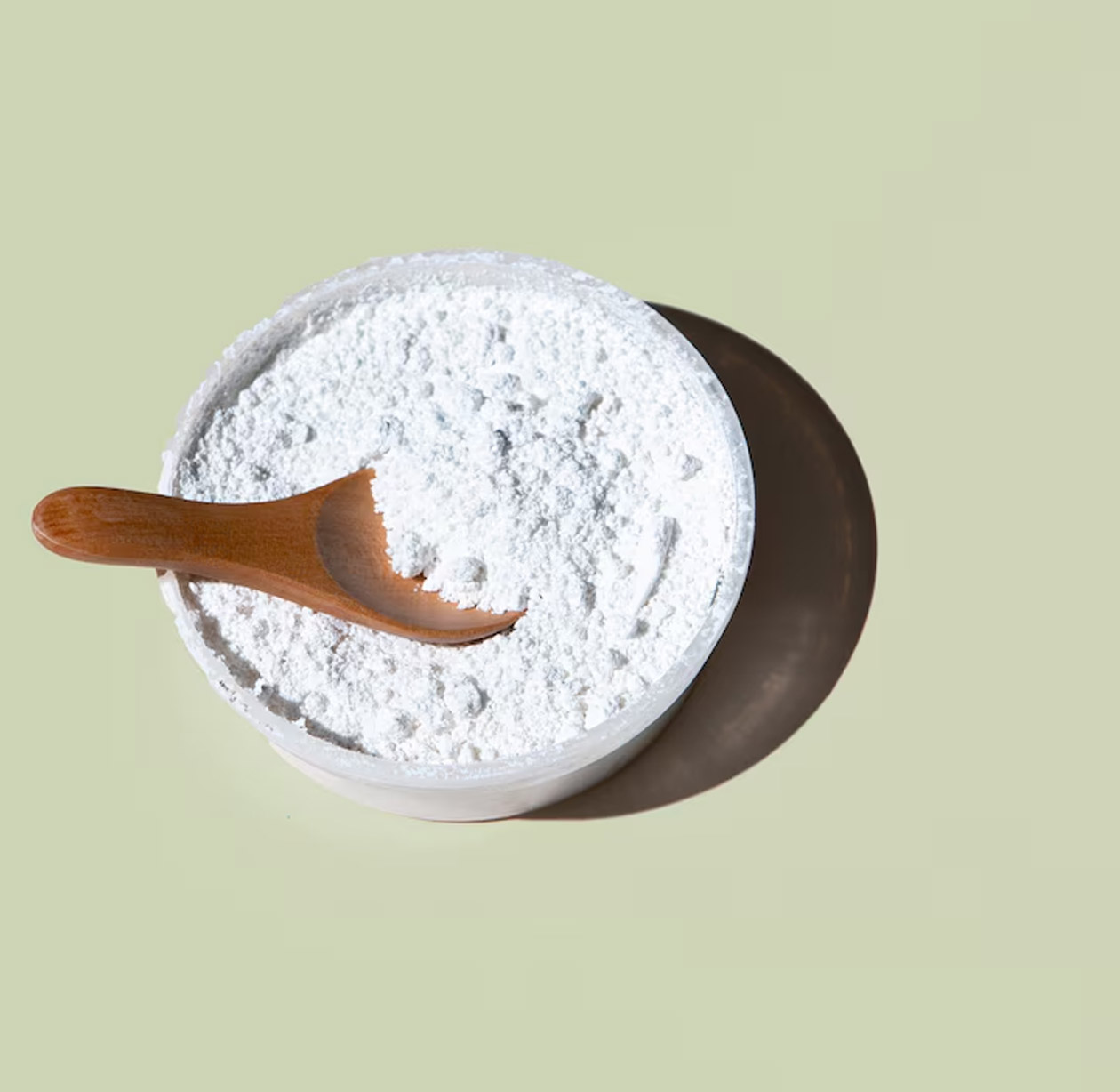
Pharma raw materials sourcing is not one of the, it is the most important part in pharmaceutical industry, so much that it is even more crucial than procurement. It makes the foundation of the quality of the product, regulatory compliance, and your brand trust in the market.
Every decision in pharma raw material sourcing shapes the safety, availability, and cost of life-saving medicines. Yet, the environment in which these decisions are made is becoming more complex.
Global supply chains stretch across continents. Regulations evolve faster than companies can adapt. Sustainability has moved from a corporate buzzword to a regulatory and market necessity.
Addressing these challenges is no longer optional. Each sourcing misstep can ripple across the industry—delaying production, raising costs, and ultimately affecting patient care.
This blog examines the top challenges shaping pharma raw material sourcing today—and the strategies companies can use to build resilience for the future.
|
Challenge |
Description |
Impact on Pharma Raw Material Sourcing |
|
Counterfeit Products |
Fake APIs or ingredients in supply chains. |
Threat to patient safety, regulatory penalties and brand image damage. |
|
Unsustainable Sourcing Practices |
Supplier’s tendency to focus mainly on cost and speed, without considering environmental and social factors. |
Carbon footprint increase, ethical concerns, and supply instability |
|
Over-Reliance on Overseas & Single Sources |
Depending on a few countries or suppliers for important pharma raw materials and ingredients. |
Makes brand vulnerable to global disruptions and domestic shortages. |
One of the most persistent challenges in pharma raw materials sourcing are counterfeit products. They may appear similar to pharma ingredients and raw materials but are completely different and dangerous. Counterfeit products in pharma are basically falsified APIs, low quality ingredients and even incorrect dosages.
Most problematic thing is that they can easily slip into supply chains by the means of complex, multi-country sourcing routes. They are a direct threat patient safety and industry credibility.
Counterfeit products effect pharma manufacturers by:
Most of the suppliers out there are mainly focusing on cost-cutting and increasing speed, this trap of short-term thinking is what is damaging the pharma raw material sourcing the most. With this approach, sustainability is often ignored, which have the following repercussions:
Moreover, a lot of low-cost production hubs are operating with negligible labour protections, poor wages, and unsafe working conditions. These realities are completely invisible to the consumers, but the truth is that are existing right from the beginning of the supply chain.
Economically, the risk is clear. Over-dependence on a handful of supplier geographies leaves companies vulnerable. Pharma raw material sourcing that ignores sustainability is playing a dangerous game—one that can backfire when the market least expects it.
Also read: How to Source Pharma Ingredients and Raw Materials?
Pharma raw material sourcing has a concentration problem. A huge share of global API production sits in just two countries—China and India.
On paper, this seems efficient. In reality, it’s fragile. Disruptions in a single manufacturing hub—whether from pandemics, political shifts, or environmental events—can trigger global shortages. Sourcing from Top API and pharma raw materials suppliers is a good choice, but diversifying your suppliers is the best practice.
We’ve already seen the consequences:
The domestic picture isn’t much better. Many countries lack the local manufacturing capacity to step in when imports stall. Building that capacity takes years, not weeks.
The strategic fix isn’t complicated—but it requires foresight:
Resilience in pharma raw material sourcing comes from diversity. Relying on one geography or one supplier is like sailing with no lifeboat—fine until it’s not.
Suggested Reading: How to Find the Right API Suppliers in India
Pharmaceutical raw materials sourcing is currently at a critical point. The above challenges are affecting the supply chain deeper than imagined and also exposing various vulnerabilities.
Future proofing is possible with:
Top leading online marketplace platforms such that ChemDmart are bridging the gap. By connecting buyers with verified, compliant suppliers, they help reduce risk while improving sourcing efficiency.
Pharma raw material sourcing is no longer just about cost and speed. It’s about resilience, transparency, and long-term stability, because a strong supply chain protects more than profits. It protects lives.
